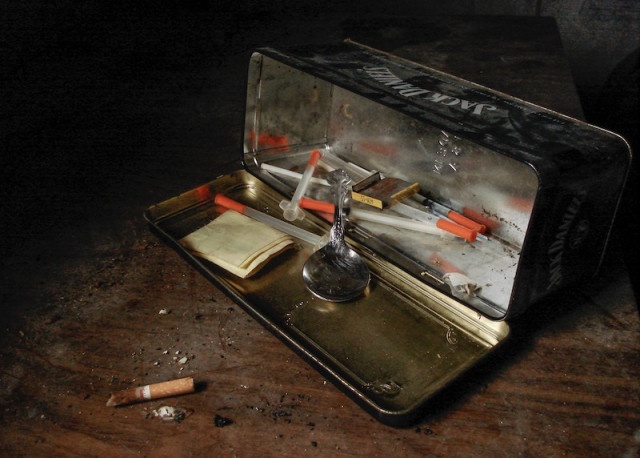A wave of drug arrests in the north this week has exposed more than just criminal activity, it’s revealed the slow, quiet reach of organised crime into Highland communities, and the young people being drawn into it.
In the space of five days, ten people have been charged and more than half a million pounds’ worth of drugs seized from homes in Forres and Aberdeen.
Cocaine, cannabis, heroin, all recovered from ordinary residential streets.
Among those arrested were men and women aged between 18 and 46.
In one case, heroin and cocaine worth £150,000 were found in a home in Countesswells.
Just two days later, another address in Aberdeen gave up more than £400,000 worth of drugs.
In Forres, a woman was charged after officers recovered £5,000 worth of cocaine and cannabis from a property on Califer Road.
These are not isolated finds, they are part of a pattern, one that police, community workers and public health experts have all been quietly tracking for years.
Organised criminal groups are now using the A96 and A9 corridors to move drugs from cities into towns and rural areas, the method is called county lines, a term that has become shorthand for a brutal and calculated system of exploitation.
Instead of sending in dealers from outside, these groups often recruit local people, particularly teenagers, to do the risky work of storing or delivering drugs.
Some are offered money, some are threatened, some don’t even realise they’re being used until it’s too late.
The result is a trade that’s harder to spot and harder to stop.
Homes in quiet streets become supply hubs, young people end up trapped, criminalised, or worse.
Those already struggling with housing, mental health, addiction, or simply isolation are often the first to be targeted.
It doesn’t take much, one missed bus, one friendly voice offering help, one loan that turns into a debt.
The networks are fast-moving, anonymous, and ruthless.
And the roads that connect our towns, the same ones that carry tourists north and families home, have also become the arteries of a growing problem.
In Highland alone, 18 drug-related deaths were reported in recent figures, that number doesn’t speak to the wider harm, the fear, the overdoses, the children being pulled out of school, the social workers trying to keep up.
When county lines take root, they don’t just damage individuals, they unravel communities.
The recent seizures are a clear win for enforcement.
They show what’s possible when intelligence, vigilance and action align, but the wider challenge is not one that police can solve alone.
This is a public health issue, a youth services issue, a family issue and increasingly, a Highland issue.
The communities most affected are often the ones least resourced to respond.
Rural towns don’t always have addiction treatment on the doorstep, mental health services are stretched, safe places for teenagers to go, especially in winter are few and far between.
County lines thrives in the cracks and if we want to protect the Highlands, we need to start sealing them.
That means earlier intervention, better support for young people, stronger networks between schools, police and communities, and a willingness to talk about this, not with shame or fear, but with urgency and care.
Because when exploitation is happening in places like Forres and Countesswells, it’s only a matter of time before it reaches further.
And when young people are being pulled into it, it stops being someone else’s problem.





